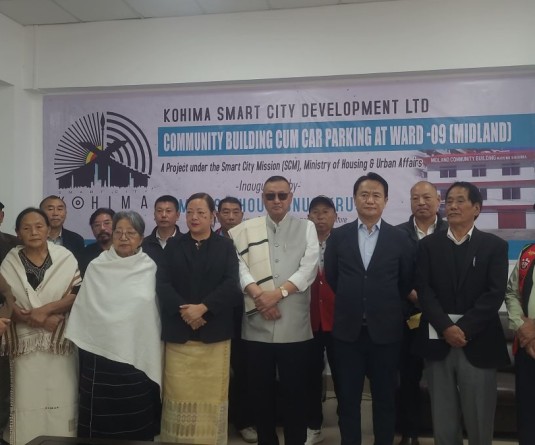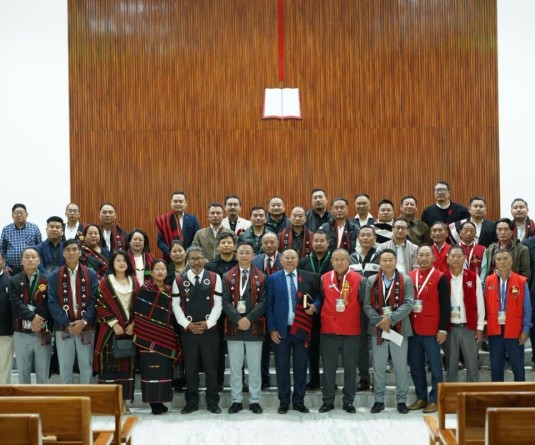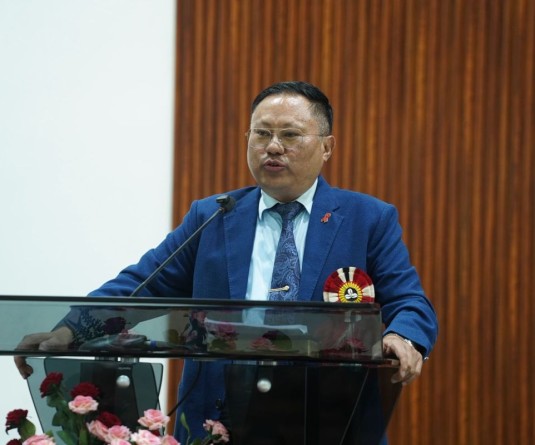
NPMHR’s Morung Dialogue discusses ILP
New Delhi, April 8 (MExN): Reorienting cultural values and self-empowerment can help Naga people safeguard the inherent right without depending on the State apparatus. This observation was made during a discussion in Delhi on April 6.
The discussion was part of the Morung Dialogue organised by the Naga People’s Movement for Human Rights (NPMHR), Delhi.
As part of the discourse, Keveko Koza – who did his MPhil on Constructing Subaltern Language: Inner Line Permit, Indigenous Claims and the State – presented a paper titled “A genealogical analysis of the Inner Line Permit and the Indigenous Peoples Discourse on Migration.”
According to the study, the Inner Line Permit (ILP) came to be enforced with the enactment of the Bengal Eastern Frontier Regulation, 1873 under Part III of the Government of India Act 1870. Its prime goal as stated in its statement of objects and reason was for the maintenance of, “peace and Government of certain districts on the Eastern Frontier of Bengal”.
In its current form, the permit provides for the establishment of the “inner line” regulating the entry of “Indian citizens or certain class of citizens” into the prescribed area or District.
Koza viewed that the account of the history of its enactment established a certain form of narrative and regime through which the indigenous natives were objectified and were subjected to the disciplinary apparatus of the state. Its origin was argued to be influenced by events dating back to the 1830’s where the British Government began to expand its jurisdiction in the newly acquired province of Assam.
This, he argued, is contrary to current perception of the ILP and the stated objectives defined by the Government of Nagaland as “an undertaking to safeguard the identity and culture of the indigenous people of Nagaland from exploitation by outsiders” and as, “an effort by the Government of Nagaland to regulate the prevailing Illegal Immigration and to generate vital statistics for Tourism and other inter-state businesses”.
“Its original intention rather was to provide a territorial frame to capital which was subject to modification based on the Colonial economic interest,” Koza held.
Based on the analysis, Koza contended that the Regulation which provides for the Inner Line Permit Regime lacked a foundational philosophy or principle which could recognize the legitimate indigenous claims to cultural recognition and group differentiated rights.
“It on the contrary set a precedent which reduced the indigenous natives as objects which are to be disciplined and regulated,” he argued.
The discussion that ensued was premised on the understanding and interpretation of laws, taking into account the social, economic and political context which largely determines its nature and effect on social reality.
The view that the nature and intent of the ILP projecting the natives as objects to be regulated and not recognizing them as rights holders were echoed in the discussion and thus, advocated the need to rectify the policy where due recognition is accorded to the indigenous people by revaluing them as rights bearing people.






